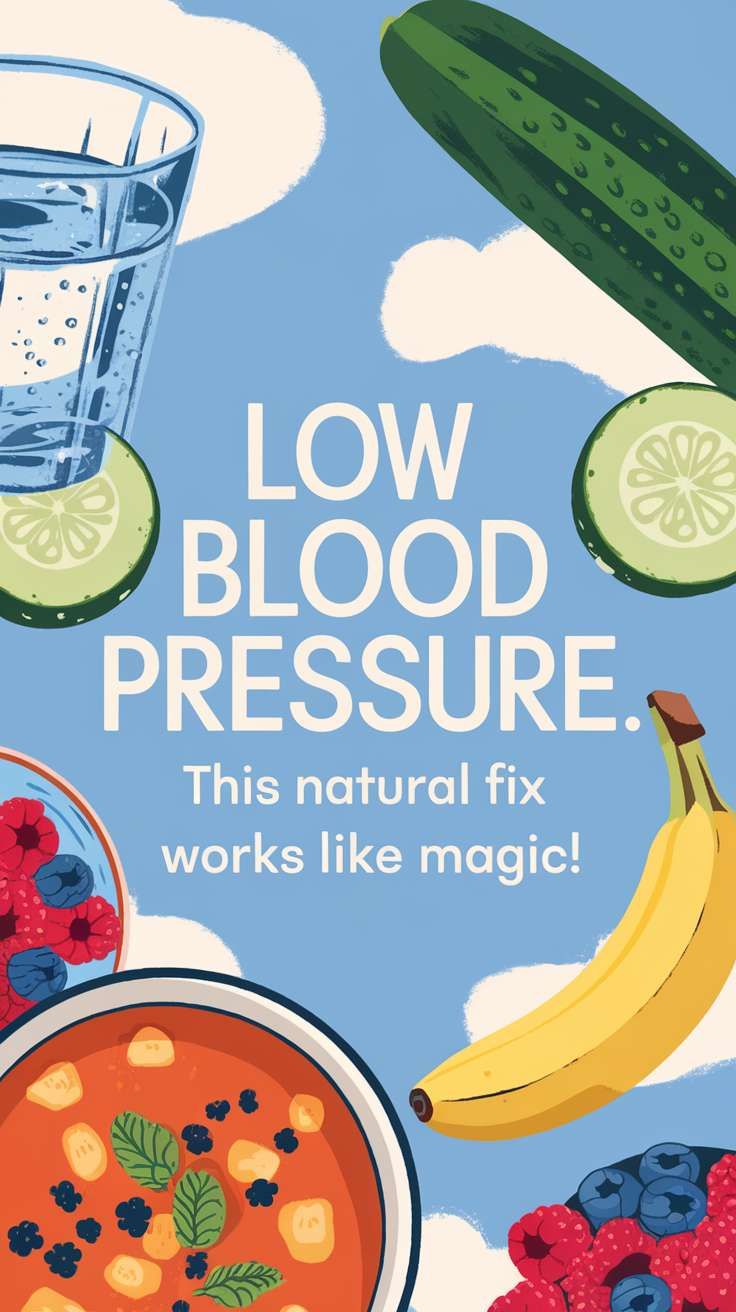Yoga for Diabetes: Best Poses & Tips for Blood Sugar Control
February 23, 2025 | by paruli6722@gmail.com

Discover the power of yoga for diabetes management. Improve insulin sensitivity, reduce stress, and boost overall health with these effective yoga poses and tips.
Why Yoga is Essential for Diabetes
Diabetes is a chronic condition that affects millions worldwide. Managing blood sugar levels is crucial, and yoga has emerged as a natural and effective way to help control diabetes. Yoga not only helps in reducing stress but also improves insulin sensitivity and promotes overall well-being.
How Yoga Helps in Managing Diabetes
1. Improves Insulin Sensitivity
Yoga enhances the body’s ability to use insulin efficiently, reducing blood sugar levels naturally.
2. Reduces Stress and Anxiety
Stress is a major contributor to blood sugar fluctuations. Practicing yoga helps in reducing cortisol levels, which aids in stabilizing blood glucose levels.
3. Aids in Weight Management
Excess weight is a common risk factor for diabetes. Yoga helps in maintaining a healthy weight by improving metabolism and promoting fat loss.
4. Enhances Blood Circulation
Yoga improves circulation, ensuring better blood flow to vital organs, which is essential for diabetes management.
5. Boosts Pancreatic Function
Certain yoga postures stimulate the pancreas, enhancing insulin production and improving its function.
Best Yoga Poses for Diabetes
Dhanurasana (Bow Pose) – A Powerful Yoga Pose for Diabetes Management

Dhanurasana, also known as Bow Pose, is an effective back-bending yoga asana that resembles a bow when performed correctly. It helps in strengthening the abdominal organs, improving digestion, and stimulating the pancreas, which makes it beneficial for diabetes management.
How Does Dhanurasana Help with Diabetes?
✅ Stimulates the Pancreas: This pose enhances the functioning of the pancreas, promoting better insulin production.
✅ Improves Digestion: It aids in better digestion and prevents digestive issues linked with diabetes.
✅ Enhances Blood Circulation: It improves circulation to the abdominal organs, helping in better metabolic function.
✅ Reduces Stress: Dhanurasana relieves stress and anxiety, which are key contributors to high blood sugar levels.
Step-by-Step Guide to Perform Dhanurasana (Bow Pose)
1️⃣ Lie flat on your stomach, keeping your feet hip-width apart and arms beside your body.
2️⃣ Bend your knees and bring your heels close to your buttocks.
3️⃣ Hold your ankles with your hands, ensuring a firm grip.
4️⃣ Inhale deeply and lift your chest and thighs off the ground while pulling your legs upwards.
5️⃣ Keep your gaze forward and hold the position for 15-20 seconds while breathing normally.
6️⃣ Exhale and gently release the pose, returning to the starting position.
7️⃣ Repeat this pose 2-3 times for better results.
Precautions for Dhanurasana
❌ Avoid this pose if you have severe back pain, hernia, or recent abdominal surgery.
❌ Pregnant women should not practice this asana.
❌ Those with high blood pressure or heart conditions should consult a yoga expert before attempting this pose.
Conclusion
Dhanurasana (Bow Pose) is an excellent yoga posture for diabetes control as it strengthens the pancreas, enhances digestion, and promotes overall well-being. Regular practice, along with a balanced diet and a healthy lifestyle, can help in effectively managing blood sugar levels.
Ardha Matsyendrasana (Half Lord of the Fishes Pose) – A Powerful Pose for Diabetes Control
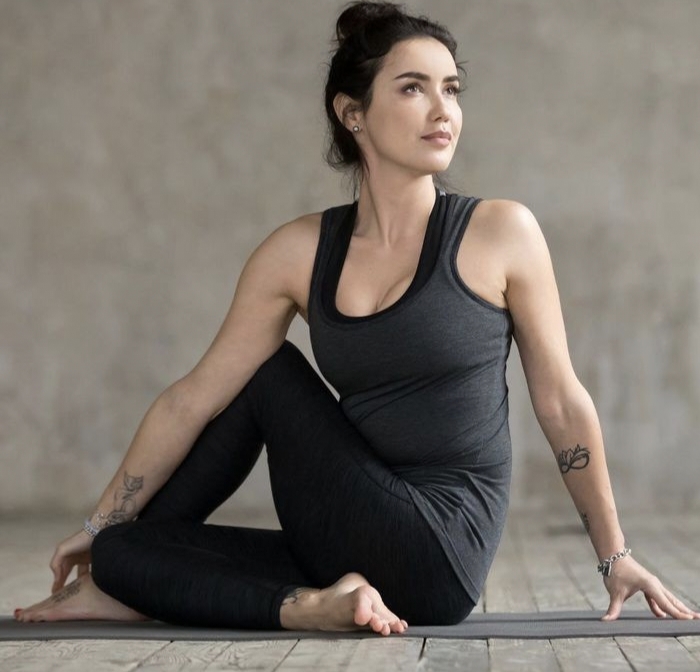
Ardha Matsyendrasana, also known as Half Lord of the Fishes Pose, is a seated spinal twist that improves digestion, stimulates abdominal organs, and enhances insulin secretion. It is highly beneficial for individuals managing diabetes as it regulates metabolism and improves pancreatic function.
How Does Ardha Matsyendrasana Help with Diabetes?
✅ Stimulates the Pancreas – Enhances pancreatic function, aiding in better insulin production.
✅ Improves Digestion – Boosts digestive processes and helps in better glucose metabolism.
✅ Enhances Blood Circulation – Promotes circulation to abdominal organs, benefiting the endocrine system.
✅ Reduces Stress – Lowers cortisol levels, which helps in keeping blood sugar levels stable.
Step-by-Step Guide to Perform Ardha Matsyendrasana
1️⃣ Sit on the floor with legs extended straight in front of you.
2️⃣ Bend your right knee and place your right foot on the outside of your left thigh.
3️⃣ Bend your left leg, bringing your left heel close to your right hip.
4️⃣ Place your right hand behind you for support and bring your left elbow over your right knee.
5️⃣ Inhale, lengthen your spine, and exhale as you twist your torso to the right.
6️⃣ Hold this position for 20–30 seconds while breathing deeply.
7️⃣ Release slowly and repeat on the other side.
Precautions for Ardha Matsyendrasana
❌ Avoid this pose if you have a severe spinal injury or herniated disc.
❌ Pregnant women should avoid deep spinal twists.
❌ Individuals with severe digestive disorders should consult a yoga expert before practicing.
Conclusion
Ardha Matsyendrasana is a powerful yoga pose that aids in diabetes management by improving digestion, stimulating the pancreas, and reducing stress. Practicing this pose regularly can help maintain balanced blood sugar levels and overall well-being.
Bhujangasana (Cobra Pose) – Boosting Metabolism & Controlling Diabetes
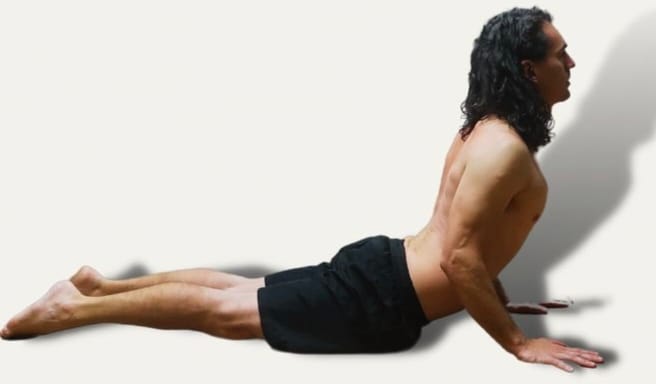
Bhujangasana, also known as Cobra Pose, is a gentle backbend that stretches the spine, stimulates abdominal organs, and enhances blood circulation. It plays a vital role in improving pancreatic function, making it highly beneficial for individuals managing diabetes.
How Does Bhujangasana Help with Diabetes?
✅ Stimulates the Pancreas – Enhances insulin production, helping regulate blood sugar levels.
✅ Improves Digestion – Strengthens abdominal organs, preventing metabolic disorders.
✅ Boosts Blood Circulation – Increases oxygen supply to vital organs, improving overall health.
✅ Reduces Stress – Relaxes the nervous system, lowering cortisol levels that contribute to high blood sugar.
Step-by-Step Guide to Perform Bhujangasana
1️⃣ Lie flat on your stomach with your legs extended and toes pointing outward.
2️⃣ Place your palms under your shoulders, keeping your elbows close to your body.
3️⃣ Inhale deeply and slowly lift your chest, using your back muscles while keeping your lower body on the ground.
4️⃣ Look slightly upward and hold the pose for 15–30 seconds, breathing normally.
5️⃣ Exhale and slowly return to the starting position.
6️⃣ Repeat 2–3 times for better results.
Precautions for Bhujangasana
❌ Avoid this pose if you have severe back pain or a spinal injury.
❌ Pregnant women should not practice this asana.
❌ People with hernia or recent abdominal surgery should consult a doctor before performing it.
Conclusion
Bhujangasana (Cobra Pose) is an excellent yoga posture for diabetes management as it strengthens the pancreas, improves digestion, and enhances blood circulation. Regular practice, along with a healthy lifestyle, can effectively help regulate blood sugar levels.
Surya Namaskar (Sun Salutation) – A Complete Yoga Sequence for Diabetes Control
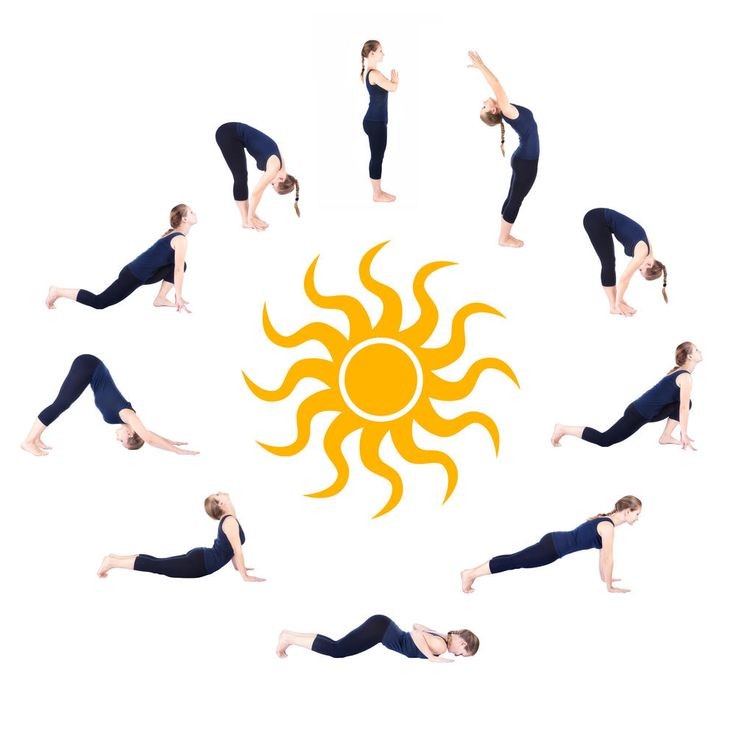
What is Surya Namaskar (Sun Salutation)?
Surya Namaskar, or Sun Salutation, is a dynamic sequence of 12 yoga poses that improve overall health, stimulate the pancreas, enhance blood circulation, and boost metabolism. It is an excellent full-body workout that helps in managing diabetes by improving insulin sensitivity and reducing stress levels.
How Does Surya Namaskar Help with Diabetes?
✅ Regulates Blood Sugar Levels – Improves insulin function and glucose metabolism.
✅ Boosts Digestion – Enhances the functioning of abdominal organs, including the pancreas.
✅ Improves Blood Circulation – Helps oxygenate the body, keeping vital organs healthy.
✅ Reduces Stress – Lowers cortisol (stress hormone) levels, which helps prevent blood sugar spikes.
✅ Enhances Flexibility & Energy Levels – A complete workout that strengthens muscles and improves endurance.
Step-by-Step Guide to Perform Surya Namaskar
🔸 Step 1: Pranamasana (Prayer Pose) – Stand straight with hands joined in a prayer position.
🔸 Step 2: Hasta Uttanasana (Raised Arms Pose) – Inhale and lift your arms overhead, stretching backward.
🔸 Step 3: Padahastasana (Standing Forward Bend) – Exhale and bend forward, touching your toes.
🔸 Step 4: Ashwa Sanchalanasana (Equestrian Pose) – Inhale, step your right leg back, and look up.
🔸 Step 5: Dandasana (Plank Pose) – Bring your left leg back, keeping the body in a straight line.
🔸 Step 6: Ashtanga Namaskara (Eight-Limbed Pose) – Lower your knees, chest, and chin to the mat.
🔸 Step 7: Bhujangasana (Cobra Pose) – Inhale and lift your chest, keeping elbows slightly bent.
🔸 Step 8: Adho Mukha Svanasana (Downward Facing Dog Pose) – Exhale and lift your hips, forming an inverted “V”.
🔸 Step 9: Ashwa Sanchalanasana (Equestrian Pose) – Inhale and bring your right leg forward.
🔸 Step 10: Padahastasana (Standing Forward Bend) – Exhale and bend forward, touching your toes.
🔸 Step 11: Hasta Uttanasana (Raised Arms Pose) – Inhale, stretch backward with arms up.
🔸 Step 12: Pranamasana (Prayer Pose) – Exhale and return to the starting position.
🌀 Repeat at least 5–10 rounds daily for maximum benefits.
Precautions for Surya Namaskar
❌ Avoid if you have severe joint pain, high blood pressure, or recent surgery.
❌ Pregnant women should consult a doctor before practicing.
❌ Individuals with heart conditions should perform it under expert guidance.
Conclusion
Surya Namaskar is a powerful yogic practice for diabetes management. It enhances metabolism, improves insulin function, and keeps stress under control. Practicing it daily, along with a balanced diet and lifestyle changes, can help regulate blood sugar levels naturally.
Vajrasana (Thunderbolt Pose) se – A Simple Yet Powerful Pose for Diabetes Management
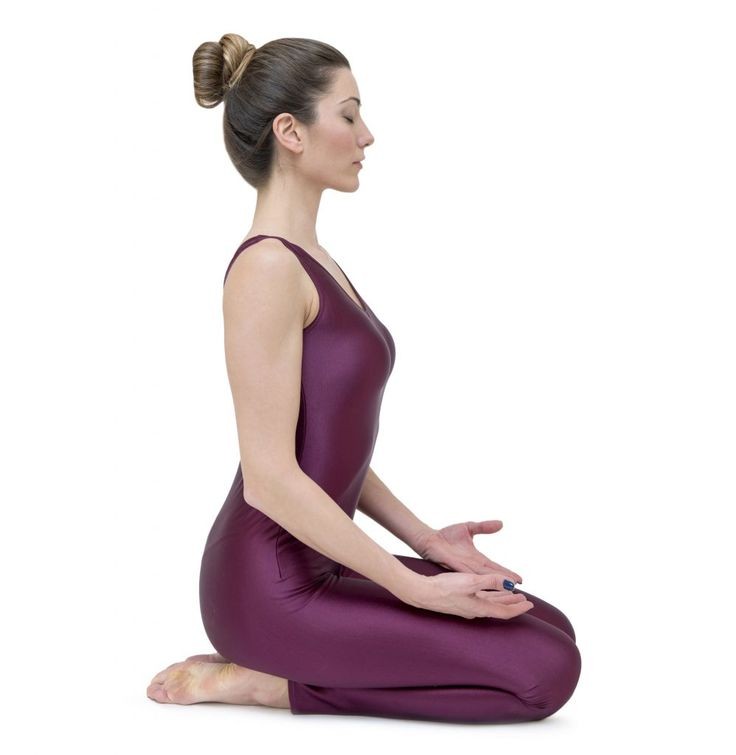
Vajrasana, also known as Thunderbolt Pose or Diamond Pose, is a simple kneeling posture that aids digestion, improves blood circulation, and stimulates the pancreas. Unlike other yoga poses, Vajrasana can be practiced immediately after meals, making it one of the best asanas for controlling diabetes naturally.
How Does Vajrasana Help with Diabetes?
✅ Improves Digestion – Aids in better glucose metabolism by promoting healthy digestion.
✅ Stimulates the Pancreas – Enhances insulin production, helping in blood sugar regulation.
✅ Enhances Blood Circulation – Ensures proper blood flow to abdominal organs.
✅ Reduces Stress & Anxiety – Lowers cortisol levels, preventing sudden spikes in blood sugar.
✅ Aids in Weight Management – Helps in maintaining a healthy weight, which is crucial for diabetes control.
Step-by-Step Guide to Perform Vajrasana
1️⃣ Kneel down on the floor with your knees together and toes touching.
2️⃣ Sit back on your heels, keeping your spine straight and hands resting on your thighs.
3️⃣ Close your eyes, take deep breaths, and relax your body.
4️⃣ Maintain this posture for 5–10 minutes after meals for better digestion.
5️⃣ Slowly return to a normal sitting position.
Precautions for Vajrasana
❌ Avoid this pose if you have severe knee pain or arthritis.
❌ Those with recent knee or ankle injuries should practice with caution.
❌ If you feel discomfort, use a cushion under your ankles for support.
Conclusion
Vajrasana is one of the simplest and most effective yoga poses for diabetes management. Its ability to stimulate digestion, improve insulin function, and promote relaxation makes it a must-practice asana for individuals looking to regulate their blood sugar levels naturally.
Pranayama and Meditation for Diabetes
Kapalabhati (Skull Shining Breath) – A Powerful Pranayama for Diabetes Control
What is Kapalabhati Pranayama?
Kapalabhati, also known as Skull Shining Breath, is a powerful breathing technique that detoxifies the body, enhances metabolism, and stimulates the pancreas. This rapid breathing exercise is highly beneficial for people with diabetes as it helps regulate blood sugar levels naturally.
How Does Kapalabhati Help with Diabetes?
✅ Stimulates the Pancreas – Enhances insulin secretion, helping regulate blood glucose levels.
✅ Boosts Metabolism – Improves digestion and aids in weight loss, reducing insulin resistance.
✅ Enhances Blood Circulation – Ensures better oxygen supply to abdominal organs.
✅ Detoxifies the Body – Removes toxins, improving overall health.
✅ Reduces Stress & Anxiety – Lowers cortisol levels, preventing sudden sugar spikes.
Step-by-Step Guide to Perform Kapalabhati
1️⃣ Sit comfortably in Padmasana (Lotus Pose) or Vajrasana (Thunderbolt Pose) with a straight spine.
2️⃣ Close your eyes and place your hands on your knees in a relaxed position.
3️⃣ Take a deep inhale, then exhale forcefully through your nose by contracting your abdominal muscles.
4️⃣ Allow passive inhalation as your abdomen relaxes naturally.
5️⃣ Continue this rhythmic breathing at a steady pace for 30–60 seconds (one round).
6️⃣ Perform 3 rounds, gradually increasing the duration.
Precautions for Kapalabhati
❌ Avoid this practice if you have high blood pressure or heart disease.
❌ Not recommended for pregnant women or individuals with hernia or recent abdominal surgery.
❌ Start slowly and avoid overexertion to prevent dizziness.
Conclusion
Kapalabhati is a highly effective yogic breathing technique for managing diabetes by improving pancreatic function, enhancing metabolism, and reducing stress. Regular practice, along with a balanced diet and lifestyle changes, can help in naturally regulating blood sugar levels.
Additional Benefits of Yoga for Diabetics
1. Strengthens the Immune System
- Regular yoga practice helps in boosting immunity.
- Reduces inflammation and enhances overall health.
2. Improves Sleep Quality
- Yoga promotes relaxation, leading to better sleep patterns.
- Helps in managing sleep disorders common in diabetics.
3. Supports Cardiovascular Health
- Lowers blood pressure and reduces the risk of heart disease.
- Enhances oxygen flow and heart function.
4. Enhances Mental Clarity and Focus
- Meditation and breathing exercises improve concentration.
- Helps in reducing brain fog caused by fluctuating sugar levels.
Lifestyle Tips to Maximize Yoga Benefits for Diabetes
Practicing yoga regularly can significantly help in managing diabetes, but to maximize its benefits, adopting a healthy lifestyle is equally important. Here are some essential lifestyle tips that can enhance the effects of yoga and help keep blood sugar levels under control.
1. Maintain a Balanced Diet 🥗
✅ Include fiber-rich foods like vegetables, whole grains, and legumes.
✅ Opt for low-glycemic index (GI) foods to prevent sugar spikes.
✅ Avoid processed sugar, refined carbs, and fried foods.
✅ Eat small, frequent meals to maintain steady blood sugar levels.
✅ Stay hydrated—drink at least 2-3 liters of water daily.
2. Stay Active Beyond Yoga 🚶♂️
✅ Engage in daily walks or light physical activities like cycling and swimming.
✅ Practice Surya Namaskar (Sun Salutation) in the morning to boost metabolism.
✅ Avoid prolonged sitting—take breaks to stretch every 30-60 minutes.
3. Manage Stress Effectively 🧘♀️
✅ Practice meditation and mindfulness for mental peace.
✅ Incorporate pranayama (breathing exercises) like Anulom Vilom & Bhramari to reduce stress.
✅ Engage in hobbies like reading, music, or gardening to relax.
4. Get Quality Sleep 😴
✅ Maintain a consistent sleep schedule—sleep at the same time every night.
✅ Avoid screen time before bed to improve sleep quality.
✅ Practice Shavasana (Corpse Pose) before sleeping for deep relaxation.
5. Avoid Unhealthy Habits 🚫
❌ Say NO to smoking & alcohol, as they can worsen insulin resistance.
❌ Limit caffeine intake, especially in the evening.
❌ Reduce stress eating—opt for healthy snacks like nuts & seeds.
6. Regular Health Checkups 🩺
✅ Monitor your blood sugar levels regularly.
✅ Keep track of HbA1c levels for long-term glucose control.
✅ Consult your doctor for personalized diabetes management.
Effective Home Remedies for Diabetes Management
Managing diabetes naturally is possible with simple home remedies, a healthy lifestyle, and a balanced diet. Here are some effective home remedies that can help regulate blood sugar levels.
1. Fenugreek Seeds (Methi) 🌿
✅ Soak 1 tablespoon of fenugreek seeds in water overnight and drink it in the morning.
✅ Helps improve insulin sensitivity and lower blood sugar.
2. Bitter Gourd (Karela) Juice 🥒
✅ Drink half a glass of fresh karela juice on an empty stomach.
✅ Contains charantin and polypeptide-P, which help reduce blood sugar levels.
3. Amla (Indian Gooseberry) 🍋
✅ Take 1-2 teaspoons of amla juice daily.
✅ Rich in Vitamin C, which helps improve pancreatic function and insulin production.
4. Cinnamon (Dalchini) Powder 🍂
✅ Mix half a teaspoon of cinnamon powder in warm water and drink it daily.
✅ Helps in reducing insulin resistance and balancing blood sugar.
5. Neem Leaves 🌱
✅ Chew 4-5 fresh neem leaves in the morning or drink neem juice.
✅ Helps in lowering blood sugar naturally and improving glucose metabolism.
6. Aloe Vera Juice 🍶
✅ Mix 1 teaspoon of aloe vera juice with bitter gourd juice and drink daily.
✅ Contains antioxidants that support better blood sugar control.
7. Holy Basil (Tulsi) Leaves 🌿
✅ Chew 3-4 tulsi leaves daily or drink tulsi tea.
✅ Helps in reducing stress-related sugar spikes and enhances insulin function.
8. Black Plum (Jamun) 🍇
✅ Eat fresh jamun fruit or consume 1 teaspoon of jamun seed powder with water.
✅ Helps control blood sugar levels and improves digestion.
9. Drink Plenty of Water 💧
✅ Drinking 2-3 liters of water daily helps flush out excess sugar through urine.
✅ Supports kidney health and prevents diabetes-related complications.
10. Regular Yoga & Exercise 🧘♂️
✅ Practice yoga asanas like Vajrasana, Mandukasana, and Surya Namaskar.
✅ Helps improve blood circulation, metabolism, and insulin function.
Most Frequently Asked Questions About Diabetes
Here are some of the most important questions people frequently search for on Google regarding diabetes, along with their answers:
1. What are the early signs of diabetes?
✅ Increased thirst and frequent urination
✅ Unexplained weight loss
✅ Extreme fatigue and weakness
✅ Blurred vision
✅ Slow-healing wounds
2. What is the main cause of diabetes?
Diabetes occurs due to insulin resistance (Type 2) or lack of insulin production (Type 1). The major causes include:
✅ Genetics – Family history of diabetes
✅ Obesity – Excess fat can lead to insulin resistance
✅ Unhealthy diet – High sugar and processed food consumption
✅ Sedentary lifestyle – Lack of exercise and physical activity
3. Can diabetes be cured permanently?
Currently, diabetes cannot be permanently cured, but Type 2 diabetes can be managed or even reversed through:
✅ A healthy diet
✅ Regular exercise and yoga
✅ Weight loss and lifestyle changes
4. What foods should diabetics avoid?
❌ Sugary drinks (soda, juices, energy drinks)
❌ White bread, pasta, and processed grains
❌ Fried and high-fat fast food
❌ Candies, sweets, and desserts
❌ Alcohol and excessive caffeine
5. What are the best foods for diabetes control?
✅ Whole grains like brown rice and quinoa
✅ Leafy greens like spinach and kale
✅ Nuts, seeds, and healthy fats
✅ Low-GI fruits like berries, apples, and guava
✅ High-fiber foods like oats and legumes
6. How can I lower my blood sugar levels naturally?
✅ Exercise daily – walking, yoga, and strength training
✅ Eat a balanced, low-carb, high-fiber diet
✅ Stay hydrated – drink plenty of water
✅ Manage stress with meditation and deep breathing
✅ Get enough sleep and maintain a healthy weight
7. Is yoga effective for diabetes?
Yes, yoga is highly beneficial for diabetes. It helps:
✅ Improve insulin sensitivity
✅ Reduce stress and cortisol levels
✅ Enhance blood circulation and metabolism
✅ Promote weight management
Best yoga poses for diabetes include:
🧘 Vajrasana, Mandukasana, Dhanurasana, Bhujangasana, and Surya Namaskar
8. Can drinking water lower blood sugar?
Yes! Drinking enough water helps:
✅ Flush out excess sugar through urine
✅ Keep you hydrated and prevent dehydration
✅ Improve blood circulation
9. How does stress affect diabetes?
✅ Stress increases cortisol levels, leading to higher blood sugar
✅ It can trigger unhealthy eating habits
✅ Yoga, meditation, and deep breathing techniques can help reduce stress
10. What is the best exercise for diabetics?
✅ Brisk walking – at least 30 minutes daily
✅ Yoga & pranayama – for stress relief and insulin control
✅ Strength training – to build muscle and burn fat
✅ Cycling & swimming – for cardiovascular health
Conclusion
Yoga is a powerful tool for managing diabetes naturally. With regular practice of asanas, pranayama, and meditation, one can achieve better blood sugar control and overall well-being. Incorporating yoga into daily life, along with a healthy lifestyle, can significantly reduce the risks associated with diabetes and improve quality of life.
RELATED POSTS
View all



